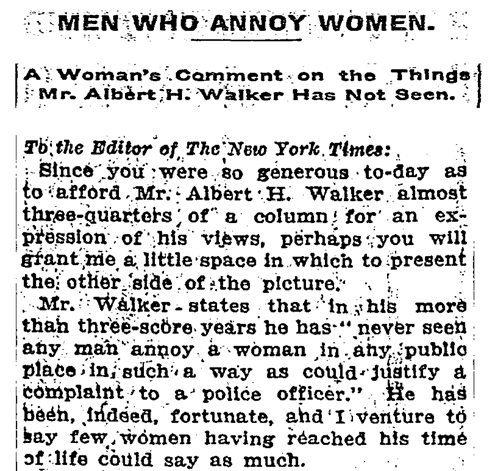Jim Hines gets an article on BBC News. Hines is a 38-year-old male science fiction author with a weird hobby: he emulates the poses women are put into on science fiction and comic book covers, and takes pictures of himself. They look ridiculous. A lot of them also look extraordinarily painful.
It also mentions an interesting test:
The Hawkeye Initiative swaps male and female characters to challenge the portrayal of women in comics.
Started in December 2012, the project already has nearly 1,000 submissions from fans.
Most "redraws" cast the Avengers character Hawkeye in the same position as the female character in the original work.
Then, the Hawkeye Test is administered.
According to the site, if Hawkeye can replace the female character without "looking silly or stupid, then it’s acceptable and probably non-sexist. If [he] can’t, then just forget about it."
The conventions of SF and comic book art have a lot to answer for: even I, the homely old geezer with a ‘testosterone-damaged’ brain, find the hyper-sexualized and exaggerated contortions those imaginary women are put into horribly repellent. So why do artists keep painting this same crap over and over again?
Gallo thinks part of the problem is that male artists greatly outnumber female artists in the industry.
“You go to art school, and it’s 50-50,” Gallo said. “But professionally, it’s overwhelmingly male.
“This is an unfortunate fact of the industry. These artists grew up with comics and gaming, so it’s easy to perpetuate these things without thinking them through.”
Oh. Another glass ceiling effect. Women are just as interested in creating art as men, but somehow, they find themselves less employable. We see that in science, too. <sarcasm>But no, of course there is no discrimination or sexism</sarcasm>.
Oh, and before someone jumps in to evoke the magic invisible hand of the market…
Marketing strategies may also be responsible for sexist covers. But the mantra that sex sells may not be accurate.
According to 2012 data from publishing industry analysts Codex Group, less overtly explicit covers in fact have a wider appeal among general readers.



